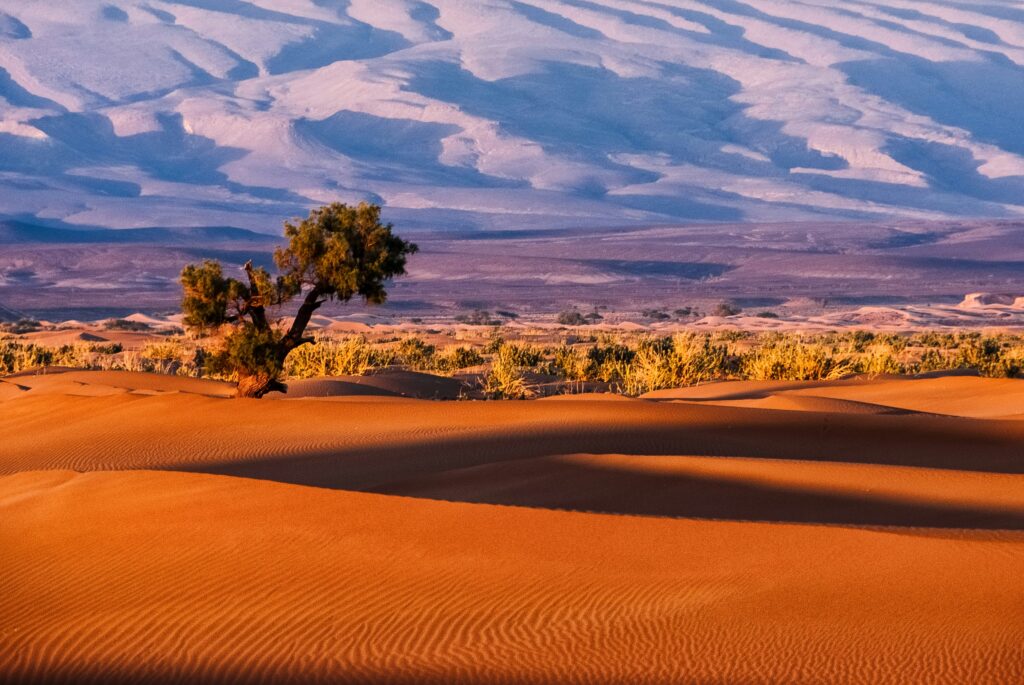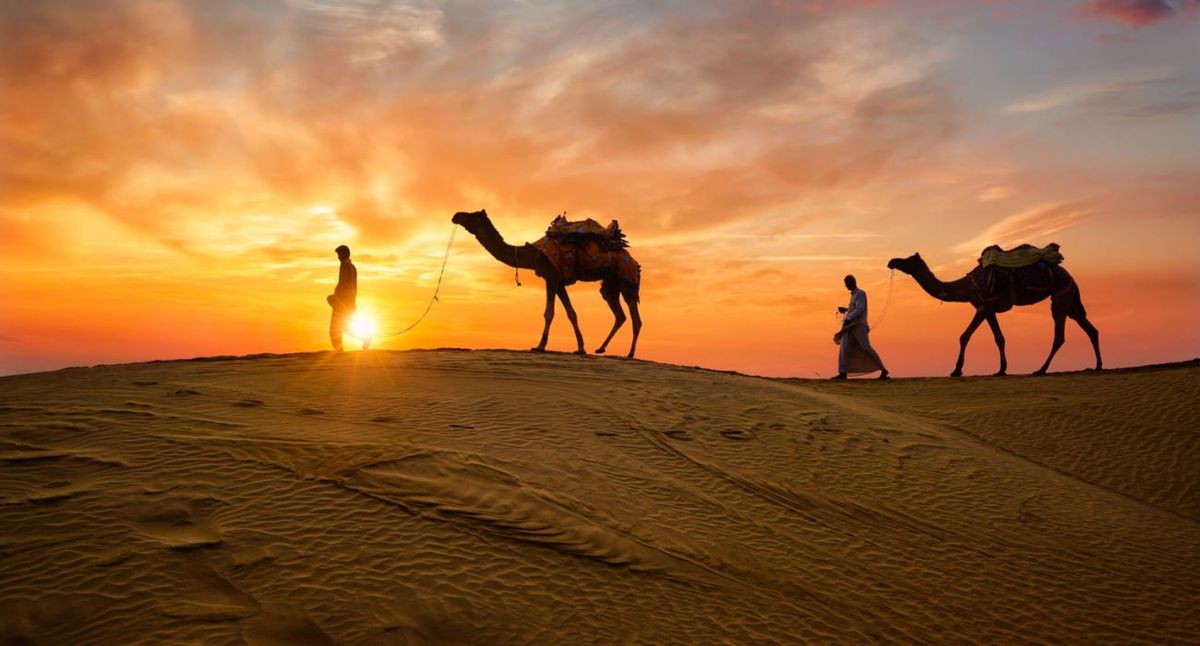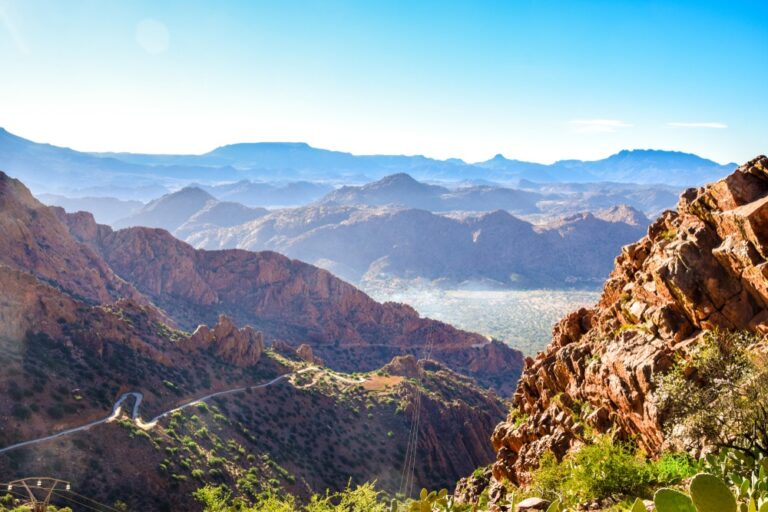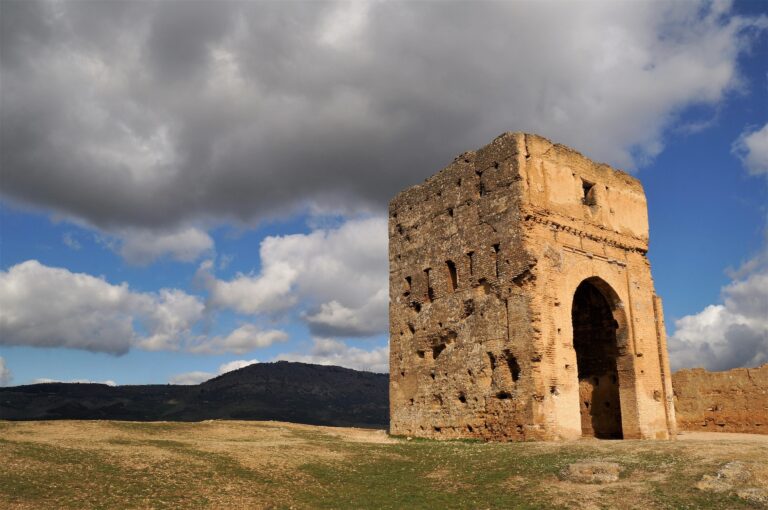Morocco’s Sahara: 5 Amazing Desert Wonders You’ll Love
The Sahara Desert is not just a destination—it’s a reverie. A place where golden dunes ripple like ocean waves, where the sky stretches endlessly in every direction, and where time dissolves into the whisper of the wind. For centuries, travelers have been lured by its mystique, and today, Morocco offers a gateway to this ancient wilderness through unforgettable desert safaris, Berber hospitality, and celestial wonders. From the bustling souks of Marrakech to the remote dunes of Merzouga, here’s how to chase the Sahara dream.
Table of Contents

1. The Journey Begins: From Marrakech to the Dunes
The road to the Sahara is as mesmerizing as the destination itself. Most safaris depart from Marrakech or Ouarzazate , winding through the High Atlas Mountains, the Draa Valley oases, and the arid expanse of the Anti-Atlas.
Route Options:
- Marrakech to Merzouga (8-10 hours): A full-day drive through dramatic landscapes, including the Tizi n’Tichka Pass and the UNESCO-listed Aït Benhaddou kasbah.
- Ouarzazate to Merzouga (6-7 hours): A shorter route ideal for time-constrained travelers, passing through the Dades Gorge and “Morocco’s Grand Canyon” (Todra Gorge).
Pro Tip: Break up the journey with stops in Skoura Oasis or Rissani’s camel market to soak in rural Moroccan life.
2. Camel Treks: Riding into the Sunset
No Sahara adventure is complete without a camel trek. These gentle “ships of the desert” carry you into the heart of the dunes, where the world transforms into a sea of sand.
Erg Chebbi: Merzouga’s Iconic Dunes
Merzouga’s Erg Chebbi dunes, rising over 150 meters, are Morocco’s most photographed. At sunset, the landscape ignites in hues of amber and crimson—a moment best savored atop a dune with a glass of mint tea in hand.
What to Expect:
- Duration: 1–2 hours each way (depending on camp proximity).
- Timing: Depart late afternoon to catch the sunset and arrive at camp as night falls.
- Local Insight: Let your camel guide (usually a Berber nomad) teach you desert survival tips—they’ll share stories of sandstorms, star navigation, and Bedouin folklore.
Pro Tip: Wear layers! Temperatures swing dramatically from scorching days to chilly nights.
3. Desert Camps: Sleep Under a Blanket of Stars
Once the sun dips below the horizon, retreat to a desert camp —ranging from rustic Berber tents to luxury lodgings with silk-draped lounges and private showers.
Types of Camps:
- Basic Berber Camps: Simple tents with shared facilities, offering an authentic experience. Think communal feasts of lamb tagine, live Gnawa music, and campfire conversations.
- Luxury Camps: Think plush rugs, four-poster beds, and gourmet dinners served under chandeliers. Popular options include Le Merzouga Luxury Camp and Desert Air Hotel .
Stargazing Magic:
The Sahara’s lack of light pollution makes it one of the world’s best stargazing spots. On clear nights, the Milky Way arcs overhead in breathtaking clarity. Many camps offer guided astronomy sessions—ask your guide to point out the constellation Sah (the “track” in Arabic), a celestial landmark for ancient caravans.
Local Insight: Don’t miss the chance to try msemen (fried flatbread) drizzled with honey for breakfast—it pairs perfectly with sunrise views.
4. Hidden Gems: Beyond the Tourist Trail
While Erg Chebbi draws crowds, venturing deeper reveals the Sahara’s raw, untouched beauty.
Erg Chigaga: The Untouched Frontier
Located 70 km from M’Hamid, Erg Chigaga ’s 25km-long dunes see fewer visitors. Reach them via a multi-day camel trek or 4×4 expedition, passing remote villages and fossil-filled wadis.
M’Hamid El Ghizlane: The End of the Road
This dusty outpost marks the historic start of trans-Saharan caravans. Stay at a family-run guesthouse like Dar Ahlam , then embark on a guided trek to the Desert of the Red Dunes or the hidden Oasis of Fint .
Pro Tip: Visit in late autumn (October–November) to avoid summer heat and witness the desert in bloom after rare rains.
5. Berber Hospitality: A Taste of Tradition
The soul of the Sahara lies in its people. Berber communities, who’ve thrived here for millennia, welcome travelers with generosity.
In a Nomadic Home:
- Share a pot of atay (sweet mint tea), poured from a height as a symbol of hospitality.
- Try tanjia , a slow-cooked beef dish seasoned with saffron and preserved in communal ovens.
- Learn to weave palm fronds into mats or grind spices for ras el hanout, a complex blend of up to 30 ingredients.
Cultural Note: Dress modestly in villages and always ask before photographing locals. A smile and a few Amazigh phrases (e.g., “Azul?” for “Hello?”) go a long way.
6. Why the Sahara Still Captivates
The Sahara is more than a desert—it’s a testament to resilience, beauty, and the human spirit’s thirst for exploration. In a world of hyper-connected cities and curated experiences, it remains a place of raw wonder. Here, the silence is profound, the stars feel tangible, and the dunes remind us of Earth’s infinite capacity to awe.
By choosing eco-conscious tours and supporting local guides, travelers help preserve this fragile ecosystem. Initiatives like the High Atlas Foundation plant argan trees to combat desertification, while community-run camps ensure income stays within Berber villages.
Plan Your Journey: Insider Tips
- Best Time to Visit: October–April for mild temperatures; avoid summer (May–September) when highs exceed 45°C (113°F).
- Getting There: Fly into Marrakech or Ouarzazate, then drive or join a guided tour. Domestic flights to Errachidia or Zagora are limited.
- Packing Essentials:
- Lightweight, breathable clothing (light colors).
- Scarf or shawl to protect from sand.
- Reusable water bottle and eco-friendly sunscreen.
- Health & Safety: Drink only bottled water, carry electrolytes, and inform your guide of any medical conditions.
Final Thoughts: The Call of the Dunes
The Sahara doesn’t just leave footprints—it etches itself into your spirit. Whether you’re sipping tea atop a dune at twilight, laughing with Berber hosts over a campfire, or tracing the Milky Way with your eyes, this desert has a way of making the impossible feel close enough to touch.
As the Tuareg proverb says: “The desert is a capricious lady. She loves you today and abandons you tomorrow.” So answer her call while you can—and let the sands of Morocco write their story on your heart.
[Your Name] is a travel writer and adventurer captivated by the world’s wild places. Follow their journeys on @DesertDreamerJourneys .*







